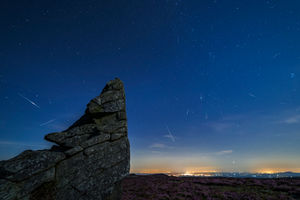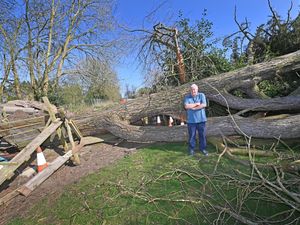Everything you need to know about the dramatic meteor shower returning next week
-
Watch more of our videos on ShotsTV.com
and on Freeview 262 or Freely 565
Next week will see the return of what is widely considered to be the best meteor shower of the year, the Perseids.
The annual meteor shower is active from July 17 to August 24, and will peak between August 12 and 13.
At its peak, those looking up could spot up to 100 meteors per hour.
The Perseids are caused by the Earth slamming into the debris left behind by comet 109P/Swift-Tuttle.
The shower is called the Perseids because the meteors seem to originate from the constellation of Perseus. Perseus can be found not too far from the 'handle' of Ursa Minor (also known as Little Bear - or the Little Dipper, because of its resemblance to a ladle).

To the right of Ursa Minor, is a constellation called Cassiopeia - which looks like a wonky number three. The bright star below and to the right of Cassiopeia is likely to be Mirphak, which sits right in the middle of Perseus.
But don't worry if you're struggling to tell the difference between your Aries and your Aquarius - meteors can generally be seen all over the sky.
NASA's advice is to avoid the use of binoculars or telescopes, simply pick a spot away from bright lights and look up.
Give your eyes about 30 minutes to adjust and stay off your phone as the bright screen will negatively impact your night vision.
Shropshire's hills are a fantastic location for stargazers to take in the starry skies above.
The top of the Wrekin, Carding Mill Valley, Cross Dyke car park at Boiling Well, Pole Cottage and Shooting Box car park all have the darkest 'Milky Way Class' rating - meaning that the night skies are dark enough to see the milky way with the naked eye.





